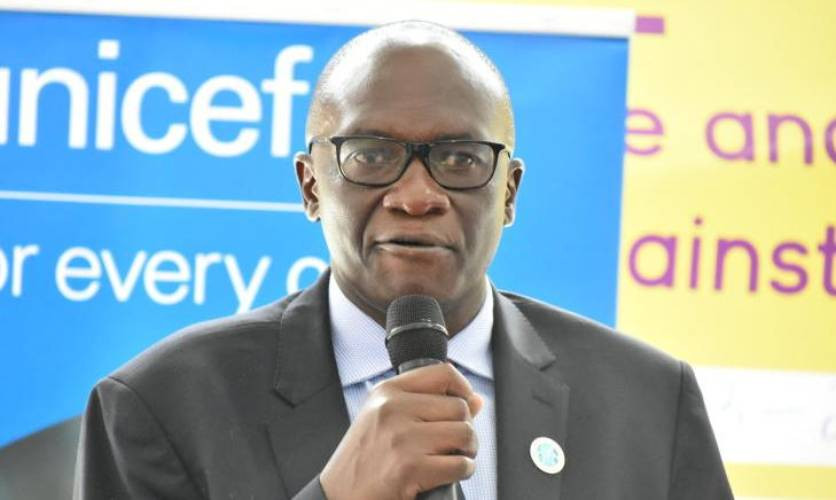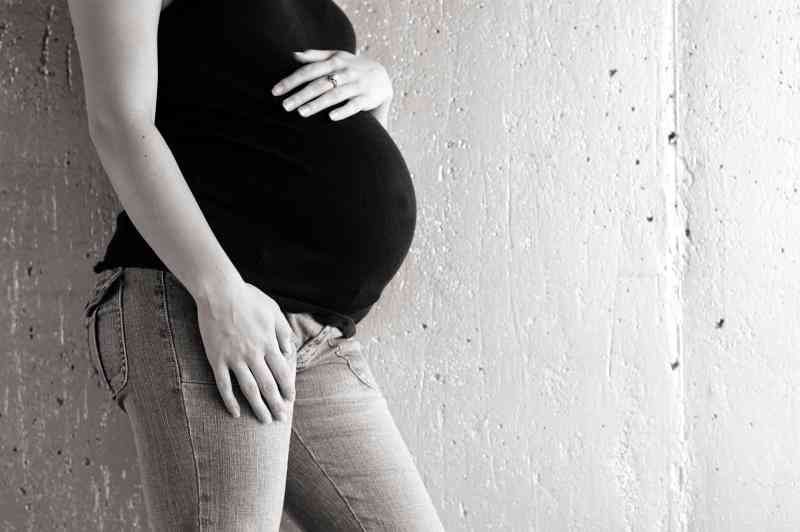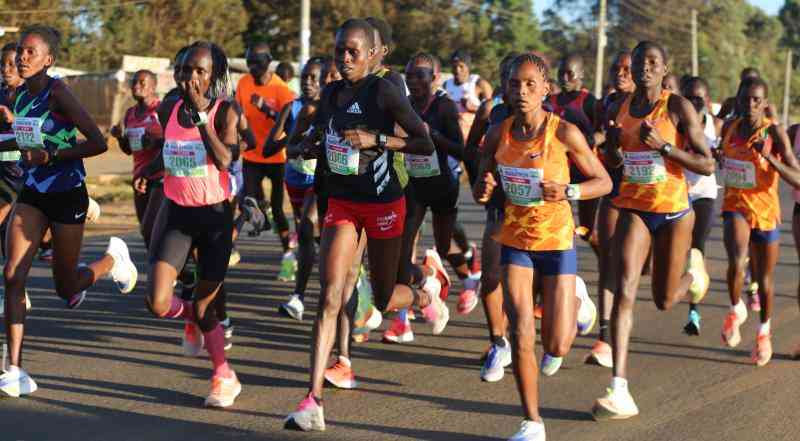Pivoting in the entrepreneurship world refers to making a fundamental change in the running of business to survive bad times. And Colours and Moments, a photography studio, has had to do just that in a time when no parent wants to let their child, their chief client, wander anywhere but in the safety of home.
But here they are; John Kibuchi and Olive Ngendo, a husband and wife tag teaming through a photoshoot, right in the midst of the pandemic. I’m seated at the back of their studio, watching one of the children’s photoshoots and I soon learn that doing child photography is akin to herding cats. The children are more interested in doing literally anything but actually sitting still for a picture. They share the strategies that they have had to adapt in these times.
Why baby photography?
John: When our daughter turned 6 months, we saw similar photoshoots online and wanted to have one for our daughter but we could not get a place that would execute the concept locally, so we decided to do it ourselves. We did a shoot for her first birthday and people loved it so much that friends started asking us to also do it for their children.
John was doing regular photography, but we started getting more enquiries for baby photography than for regular photography. We weren’t very sure that we would succeed but we decided to take a leap of faith and focus on baby photography as a business.
What teething problems did you experience starting out?
Olive: It was very frustrating at first. Entrepreneurs need to know it takes time for all businesses to grow. It takes so much time you might want to give up, especially when introducing something and trying to win people’s hearts.
We had no studio, so from mid-2017 to mid-2018 we had to do home visits. We had to borrow money for capital for equipment and space. We needed about sh140,000 just to start. We survived on M-shwari for a long time. We would borrow and repay as the business picked. Then finally after a year we managed to pay for space for a small studio.
Why do you think you succeeded?
John: We did a lot of marketing and we were creative. Timing played a big role. We got in when almost no one was doing it. We also studied the reception before diving in with both feet. Our skills combined really helped. I am a graphic designer by profession. The fact that we are doing something we are passionate about also helped.
Olive: I was an accountant but I found it boring because art was what I loved. I would do accounting by day and work on décor and crafting by night. So when I quit my job to focus on this we gave it everything we had because we both loved it. We offered a product that was attractive and different. We did advertisements on Facebook and did free shoots for friends for two to develop a portfolio. We got a lot of inquiries from referrals.
Our most memorable moment was when we moved to our current studio. Our first studio was a small room where we did everything. Our ‘office’ was a table we took out of the studio every time a shoot was done and returned it after. The changing area was also in that room. The pictures were nice but the studio was not ideal at all. Moving into this spacious premises with a studio, changing room, kitchen, office, separate bathrooms was a dream come true.
Children are difficult models. How do you manage to capture moments?
John: We observe the child and can tell how to deal with every child within 10 minutes of interacting with them. We can tell whether they are afraid of people, whether they will crawl away, or need few people in the shoot; we adjust things to suit the child. We have learned how to handle all these situations. You also have to be very patient. Most children cry and it is okay. It is normal for children to fear the camera.
We have even had to learn tricks. Sometimes we will do something called undercover shoots where we hide under a sheet and the baby can’t see the camera or the person.
Stay informed. Subscribe to our newsletter
Olive: Children love certain adverts on TV so we have learned many of those tunes. You have to use eye contact, know how to entertain them and sing. Some children are gender sensitive so I had to learn how to take pictures too.
Covid-19 has brought many businesses to their knees. Have you also felt the heat?
John: Before the pandemic, we were busy six days a week. People started cancelling immediately the first coronavirus case was announced, around March 15 and 16. We also had no new bookings and did not shoot anything for two weeks.
We closed shop both because people cancelled but also because we were scared of helping spread the virus. We decided to reopen with new measures when we understood the nature of the virus and that it was here to stay.
What kind of protective measures have you put in place?
Olive: We limit our shoots to three per day. Everyone has one hour to shoot. We also now restrict the shoot to only the baby and their parents. There are 30 minutes between each shoot, to minimise contact between one set of clients and the next. We are also shooting three days in a week as opposed to the original six. Because we work with children, high levels of hygiene have always been part and parcel of our work.
We always kept the place, our toys and props very clean and sanitised as children pick up germs easily, so we are still doing that in addition to sanitising the parents. We are also encouraging parents to come with their own toys to feel safe.
How did you get clients to start booking again?
Olive: At first, people were scared, so we used reassuring adverts on social media. We got creative with the adverts. We usually already have many themes to choose from, so now some people also want quarantine-themed shoots. We also have ads that target parents showing them ways to celebrate birthdays and other moments for their children safely.
Our packages also vary between Sh3,000 and Sh15,000 so they are favourable for most people. If Covid-19 is here to stay, then we can create still create beautiful memories with as minimum risk as possible.
[email protected]
 The Standard Group Plc is a
multi-media organization with investments in media platforms spanning newspaper
print operations, television, radio broadcasting, digital and online services. The
Standard Group is recognized as a leading multi-media house in Kenya with a key
influence in matters of national and international interest.
The Standard Group Plc is a
multi-media organization with investments in media platforms spanning newspaper
print operations, television, radio broadcasting, digital and online services. The
Standard Group is recognized as a leading multi-media house in Kenya with a key
influence in matters of national and international interest.
 The Standard Group Plc is a
multi-media organization with investments in media platforms spanning newspaper
print operations, television, radio broadcasting, digital and online services. The
Standard Group is recognized as a leading multi-media house in Kenya with a key
influence in matters of national and international interest.
The Standard Group Plc is a
multi-media organization with investments in media platforms spanning newspaper
print operations, television, radio broadcasting, digital and online services. The
Standard Group is recognized as a leading multi-media house in Kenya with a key
influence in matters of national and international interest.








